Updated for 2022.
Want to put together a feast for Chinese New Year? Far Eastern cuisine, with its emphasis on plant foods, is perfect for the flexitarian way of eating. What a great way to explore different cuisines.
You may have noticed I have a lot of Asian inspired recipes on the blog. Some of the recipes were cooked and shared in order to celebrate the Chinese New Year, also know as the Lunar or Spring Festival. I thought it would be fun to compile a list of the recipes and put together a flexitarian feast for Chinese New Year
Which countries celebrate the Lunar New Year?
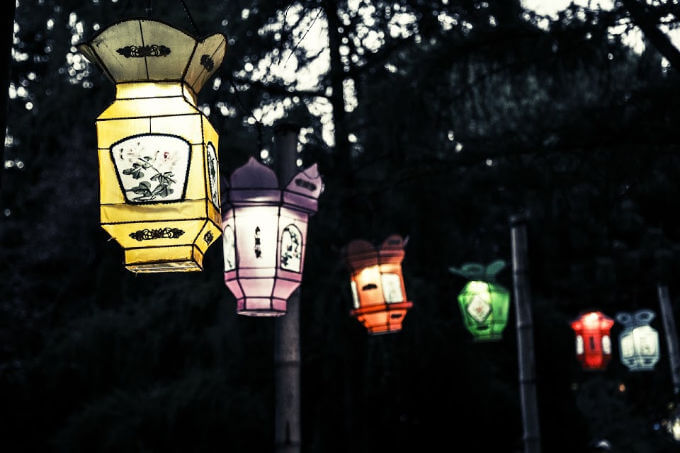
China isn’t the only Asian country to celebrate the Lunar New Year. For example, people in Laos, Korea, Vietnam, Malaysia, Singapore and other countries to feast for Chinese New Year. Descendents of these nations scattered around the globe celebrate as a way to maintain their culture.
The Lunar New Year is family time. Everyone comes together for a huge reunion dinner, some travelling great distances to join in. The meals feature special dishes and families practice other traditional celebrations which vary by family, country and region.
What is the date for Chinese New Year in 2022?
In the West, we celebrate the New Year on the first day of the Gregorian calendar, January 1st. They’ve long used a lunar calendar in the East. As a consequence, their New Year’s celebration begins on the first day of the Lunar New Year. While the date on our calendar varies, in 2022 the Lunar New Year falls on February 1. This will be the Year of the Tiger according to the Chinese zodiac.
Symbolic foods for the Lunar New Year
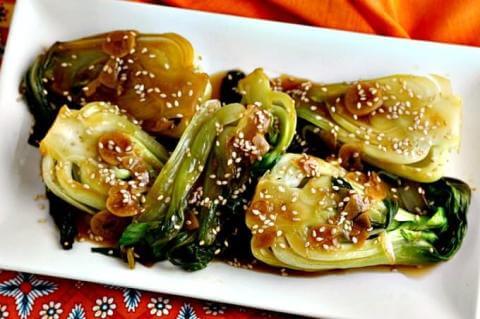
The foods eaten have symbolic significance. Seafood of all kinds is related to wealth and surplus. Pork represents peace, and eggs represent health for the entire family.
On the vegetable side, tofu represents happiness and good fortune for the family. Seaweed symbolizes wealth.
The color and shape of foods have meaning. For example, yellow egg yolks and bamboo shoots resemble gold while dumplings shaped to look like coins and purses represent wealth. Red peppers are considered lucky because red is a lucky color, and so on.
Traditional foods include noodles, dumplings, spring rolls, steamed fish and chicken and a variety of favorite sweets including the New Year Cake (nian gao) made from sticky rice. (Read more about Chinese New Year here.)

Meats like pork, fish and chicken are often cooked and presented whole. However, meats can also be cut up and used as fillings for dumplings and egg rolls. Meats are also stir fried with other vegetables. The latter make good choices for flexitarians to use to plan our menus for the Lunar New Year.
Check out this like of recipes on Lydia’s Flexitarian Kitchen to build your own feast for Chinese New Year:
Five Spice Meat Rolls (Beef, Pork and Prawns)
Garlic and Ginger Bok Choy (Reader Favorite!)
Hot and Sour Soup Jamie Oliver Style
BBQ Pork Belly with Scallion Salad
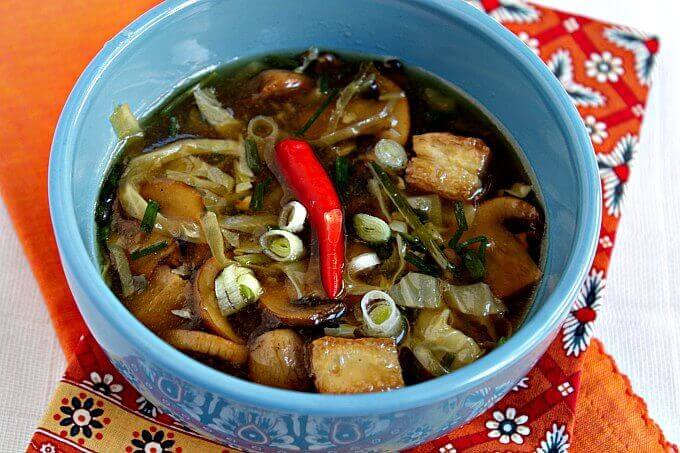
Korean Style Spinach
Laotian Fragrant Eggplant
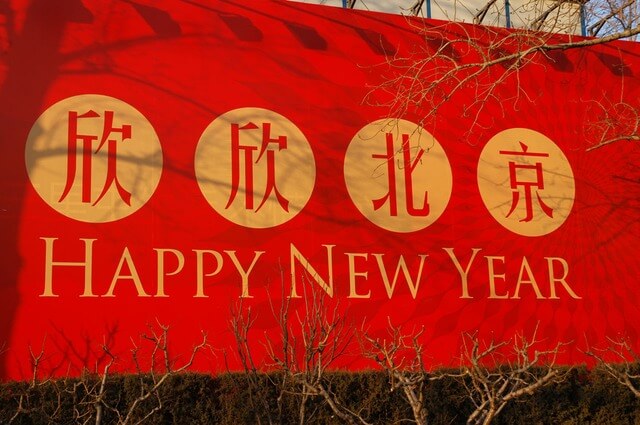
My list is sadly incomplete. Check out these blogs for more ideas:
Chinese Dumpling Recipes – The Omnivore’s Cookbook
Sticky Rice Cake (Nian Gao) – GuaiShuShu
Four Seasons Platter – Roti & Rice

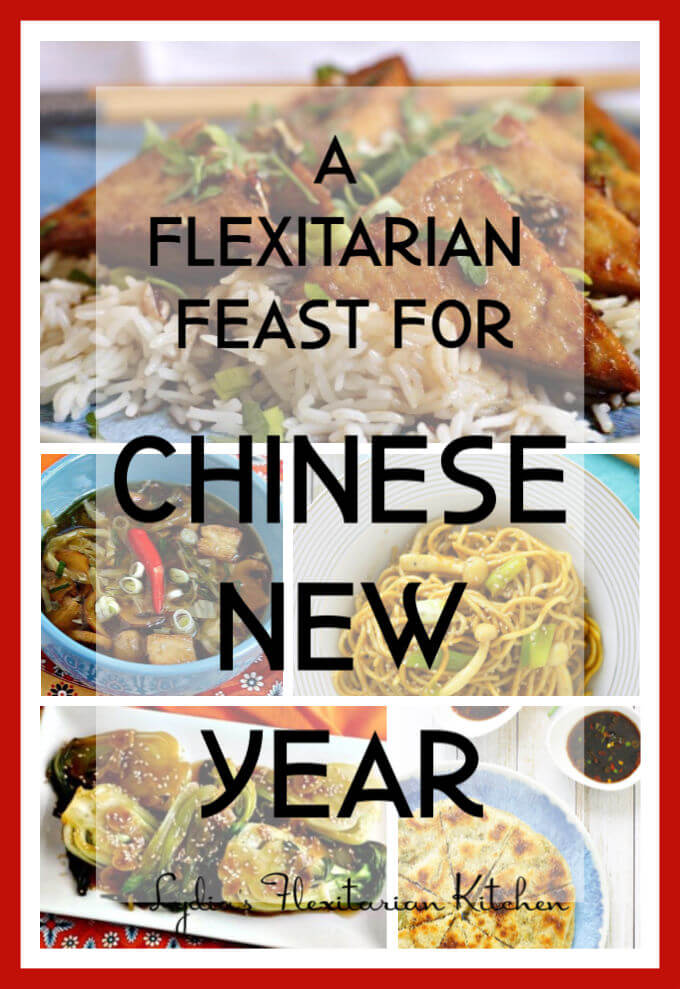
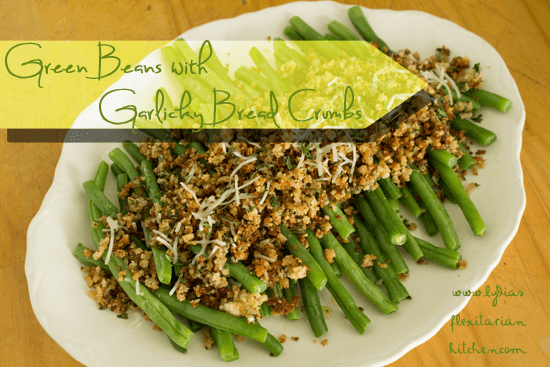
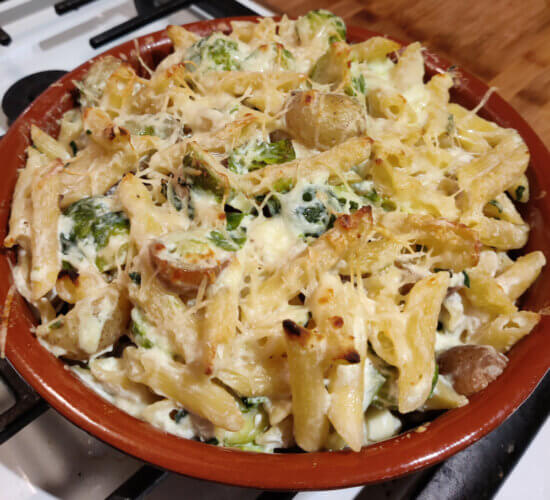
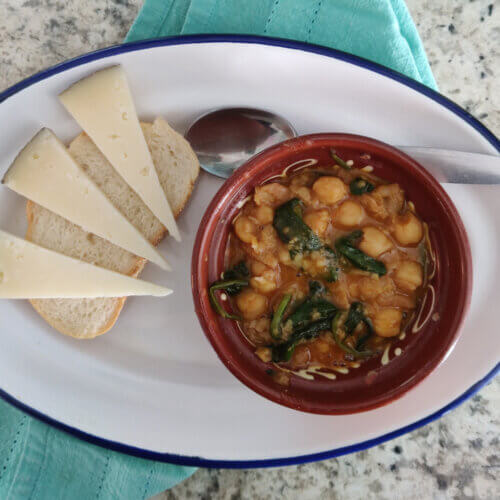
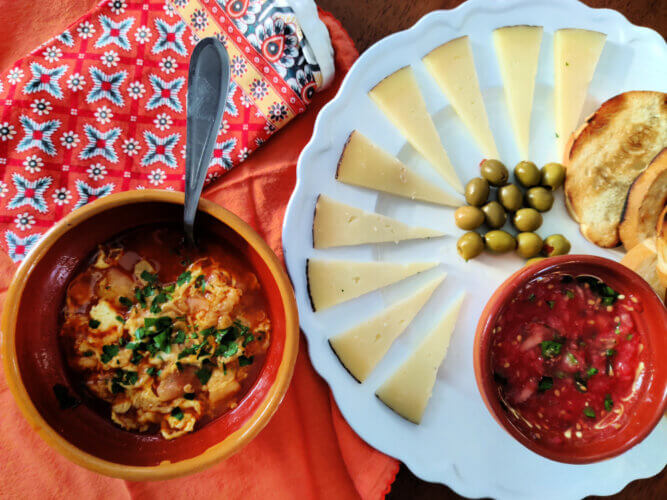
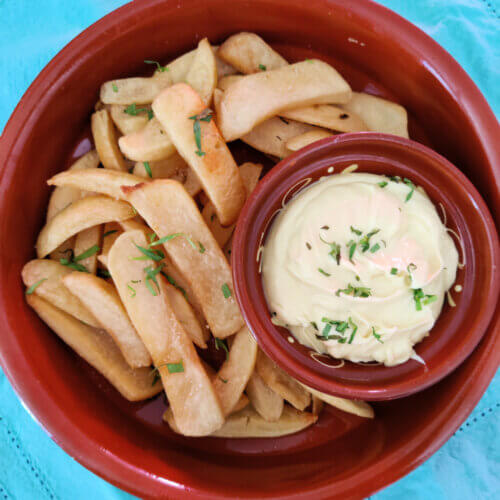
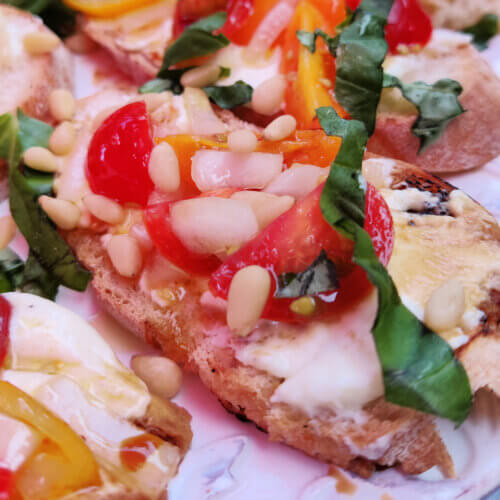
So many great dishes! I want them all. 🙂
What a delicious collection of recipes!
Thank you Katerina. It has become a habit this time of year to try a new Asian recipe so my collection is growing! Enjoy the weekend 🙂